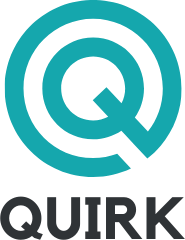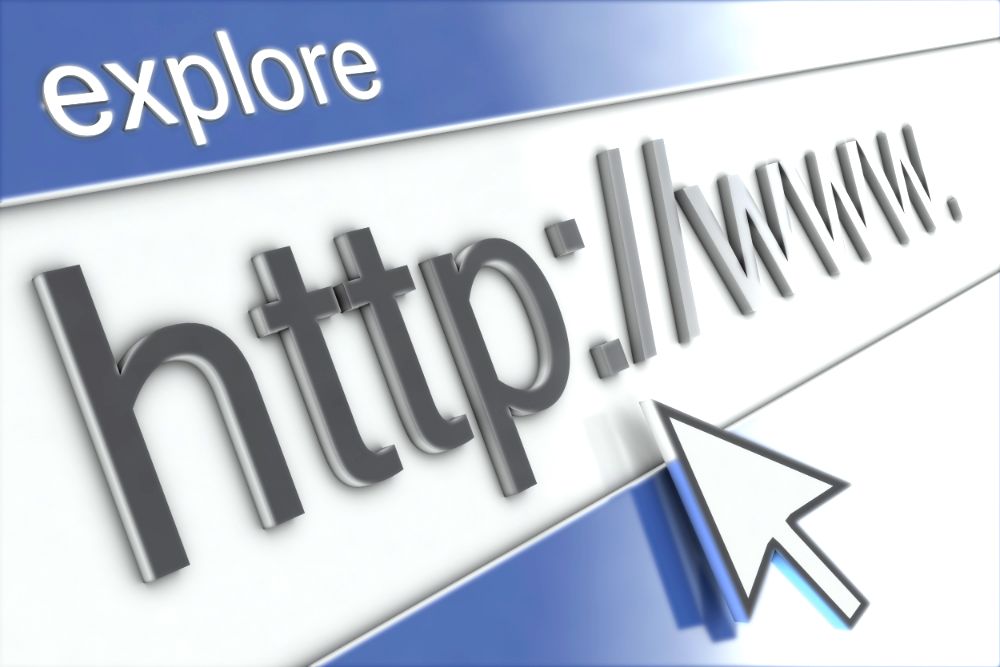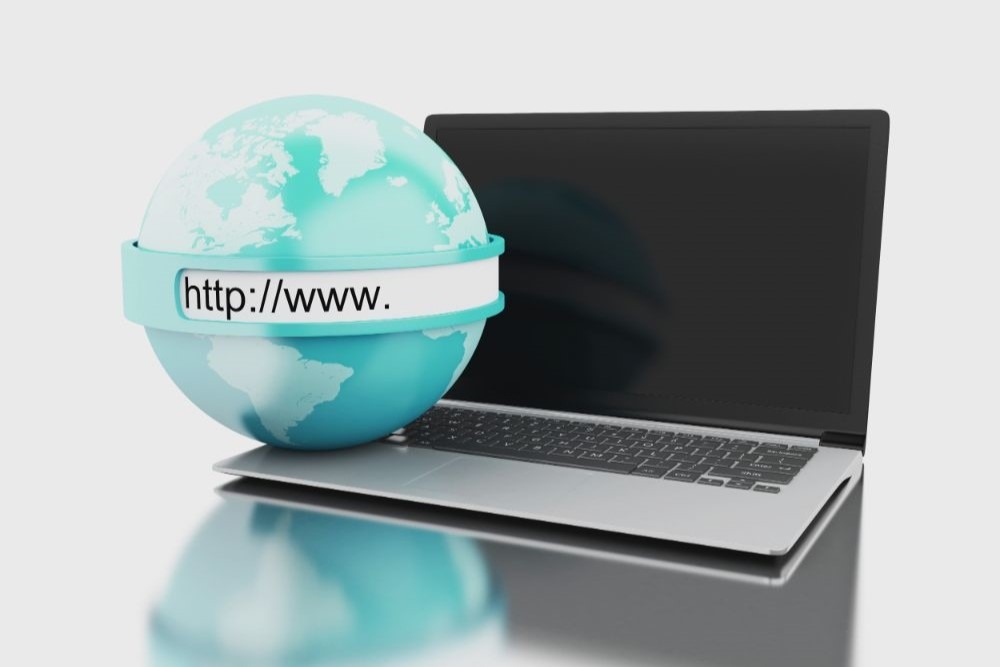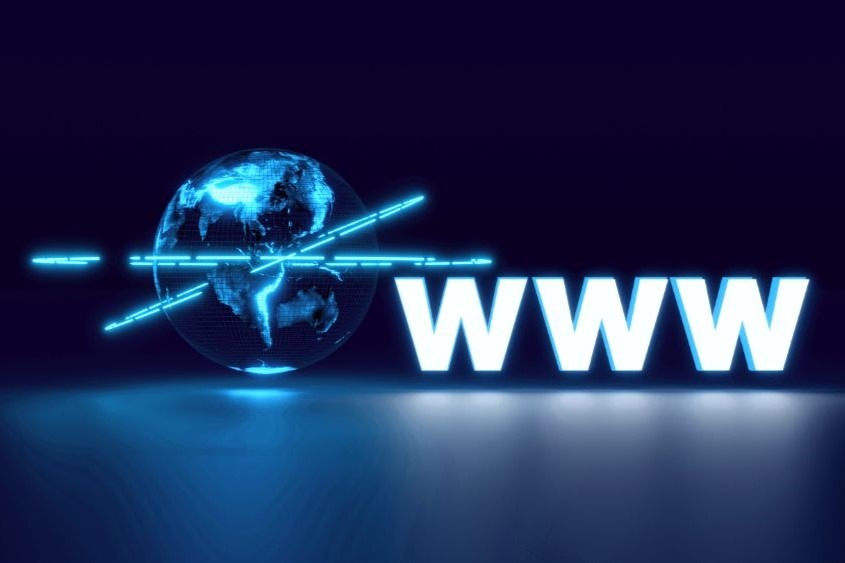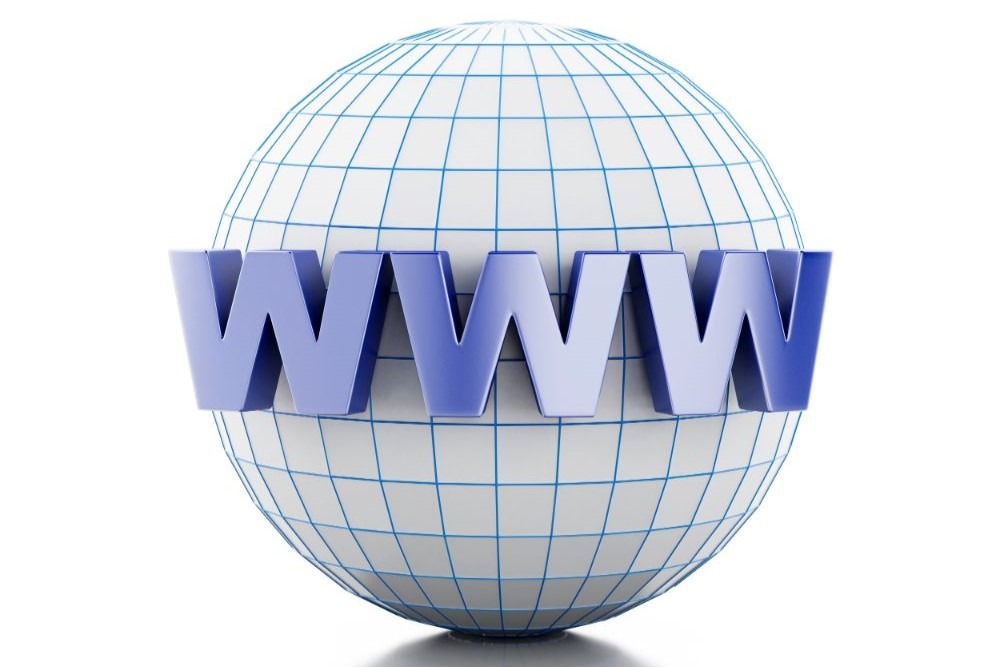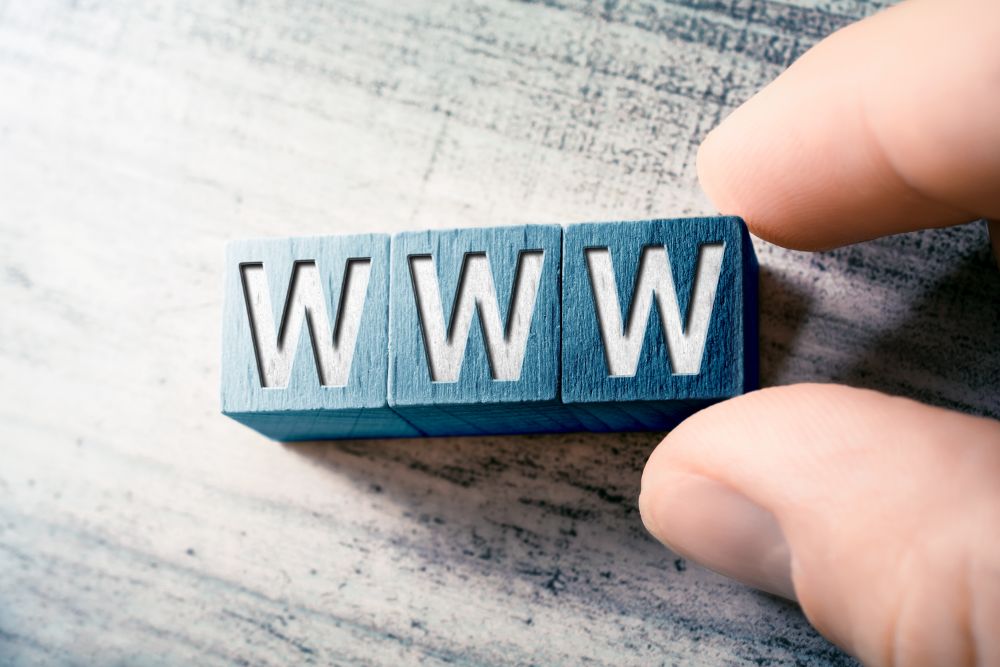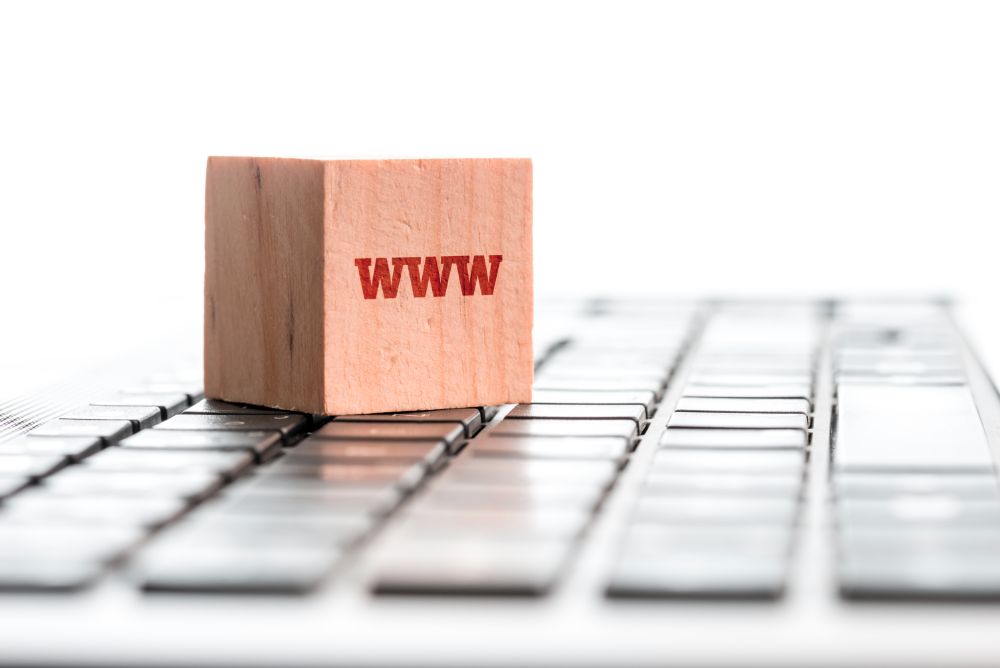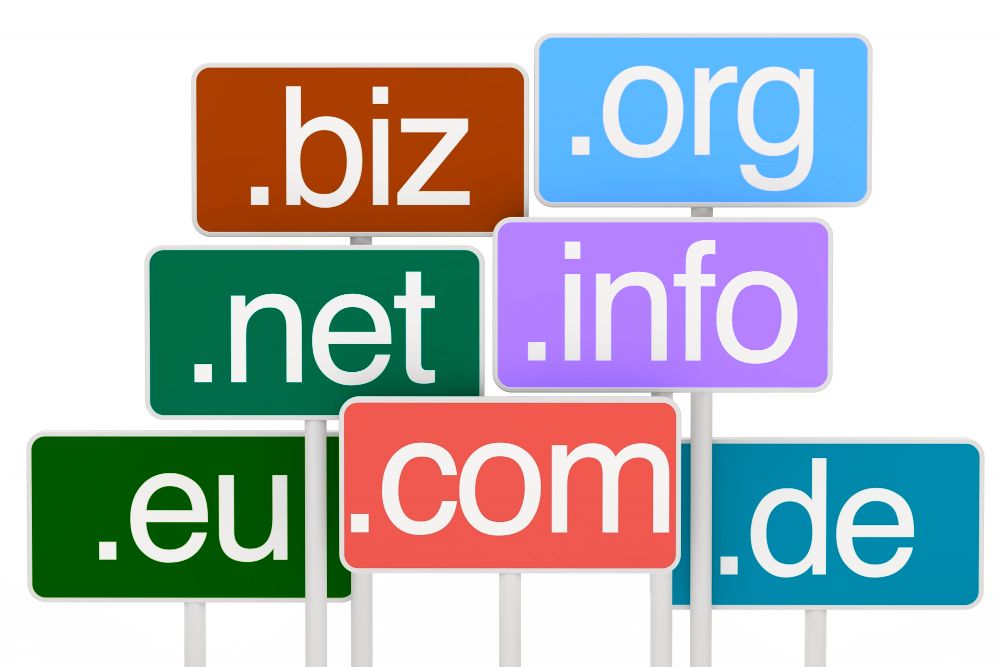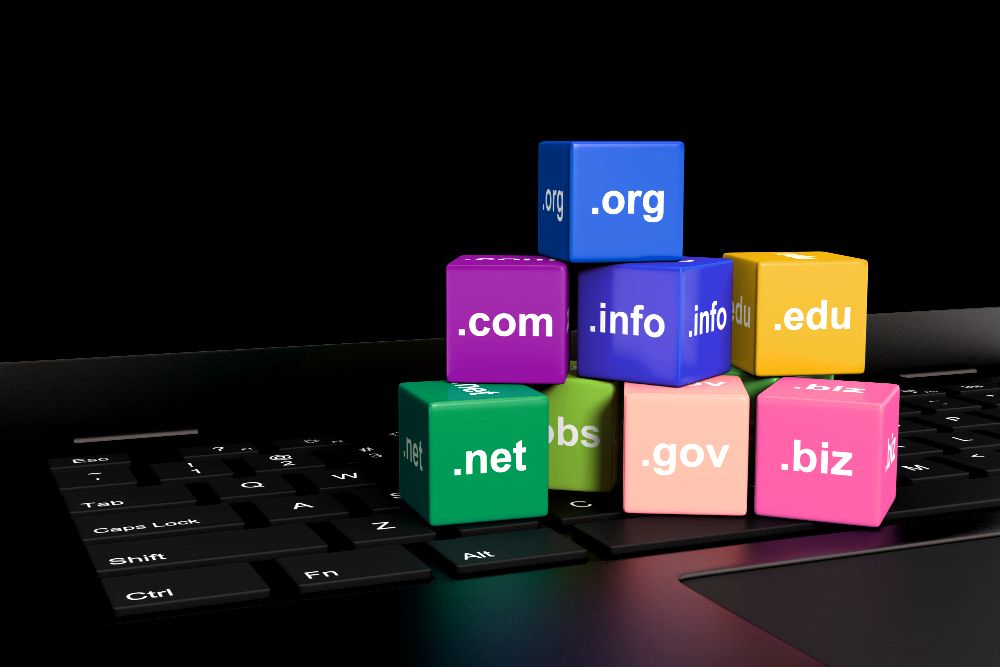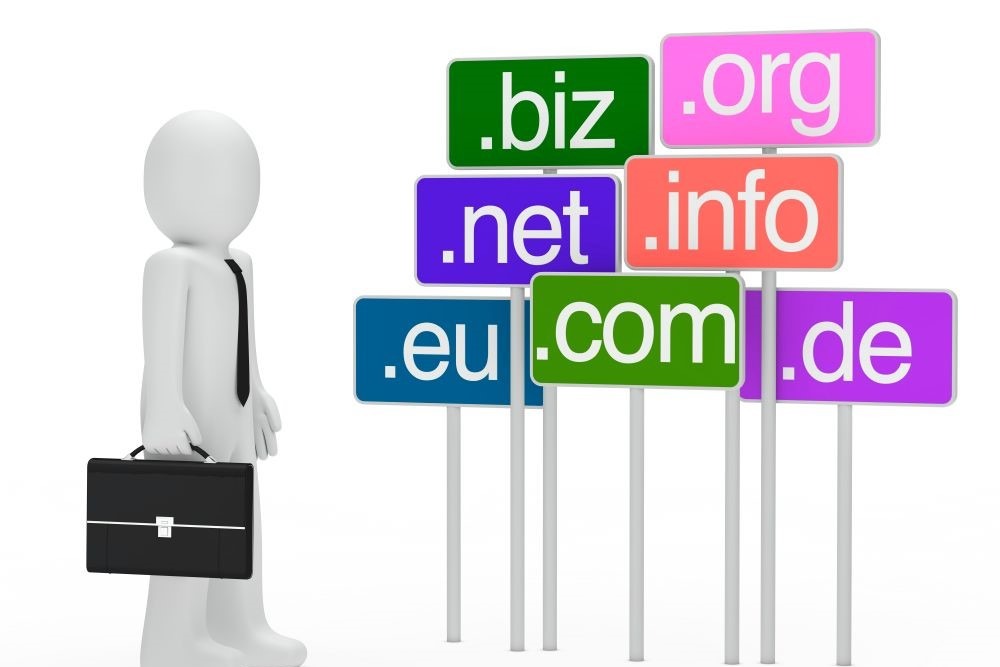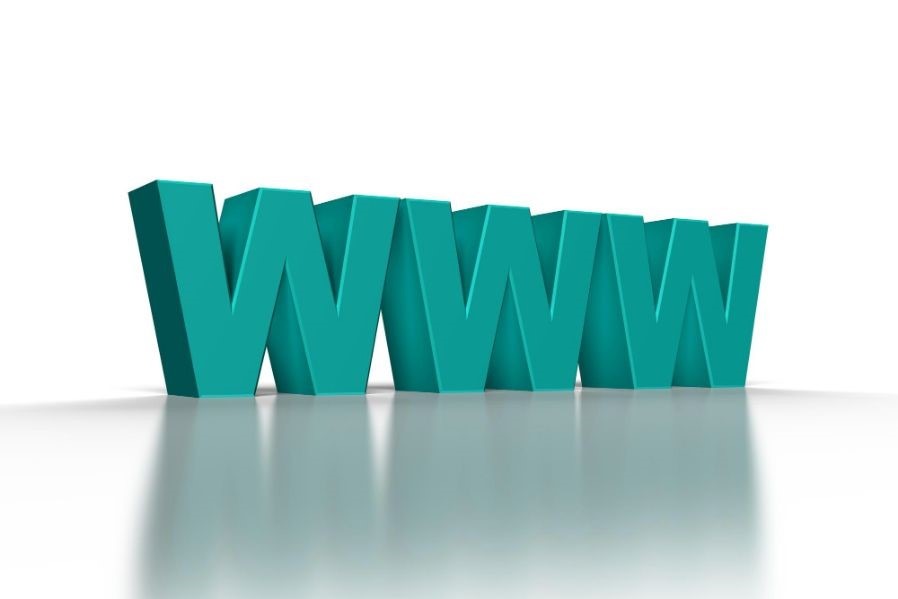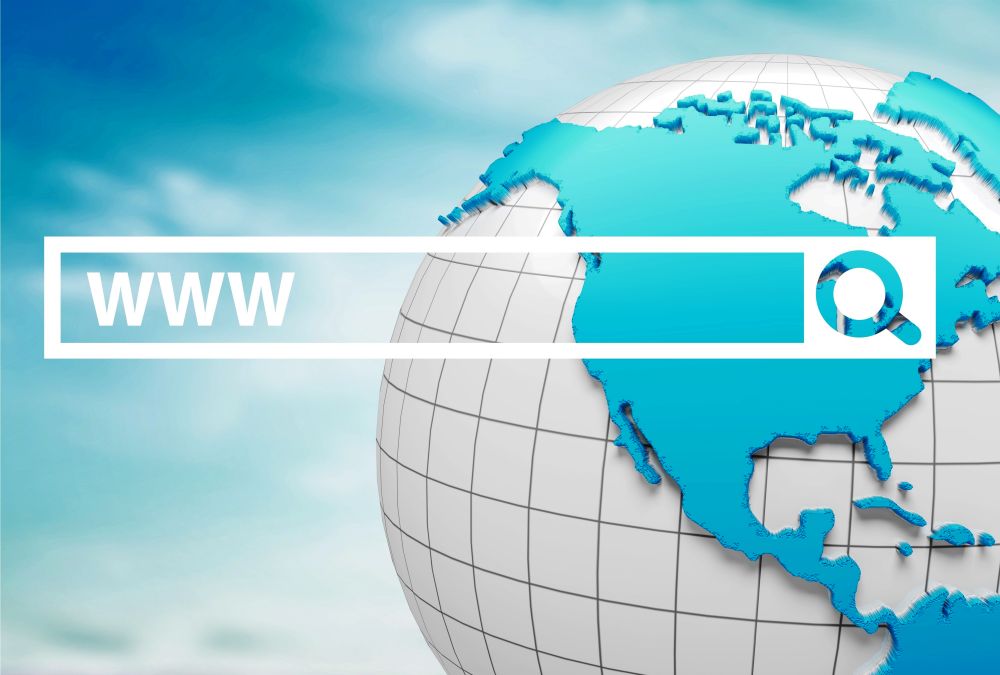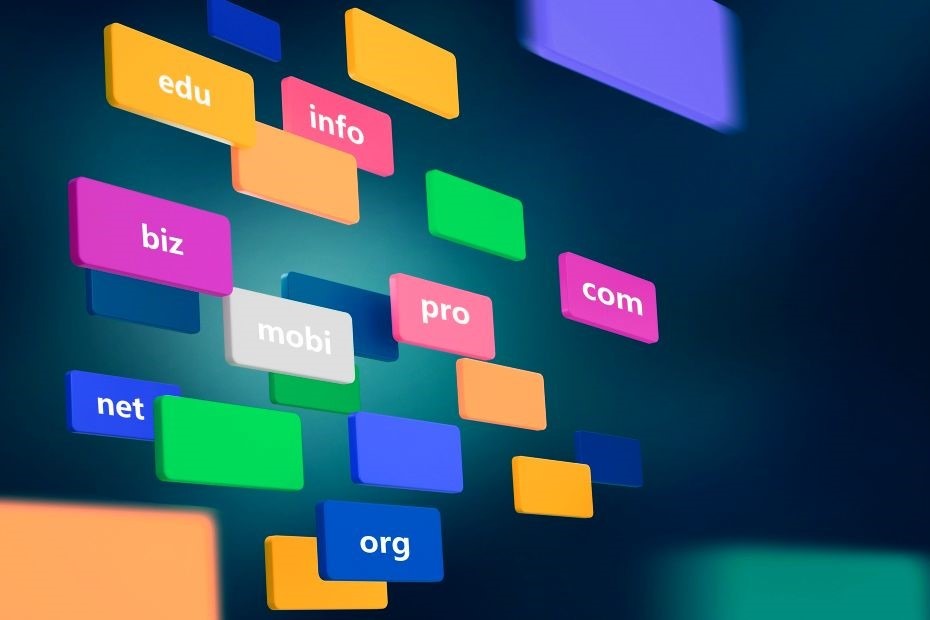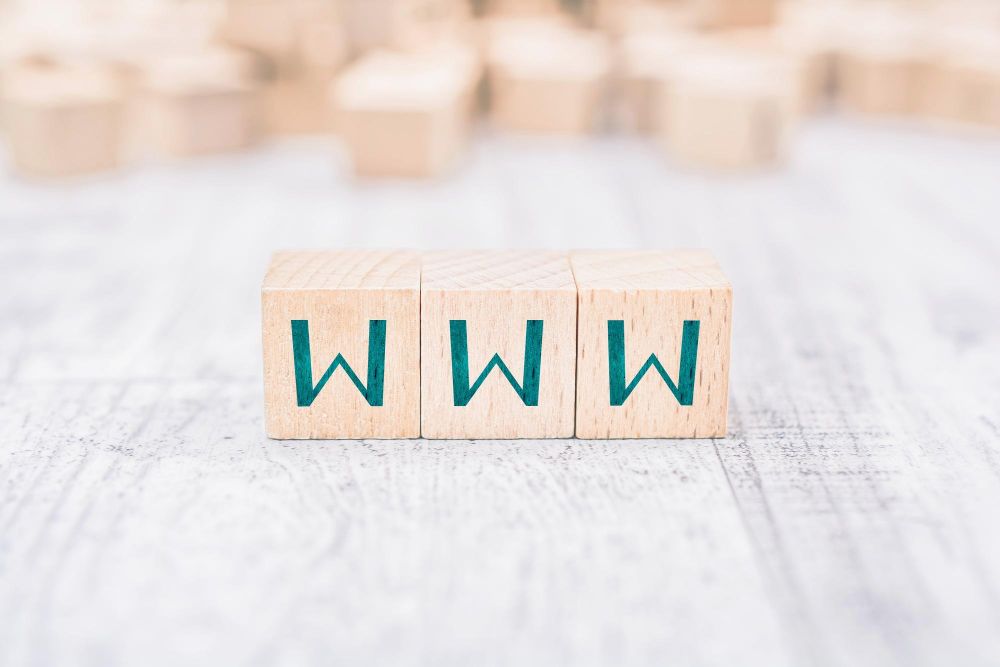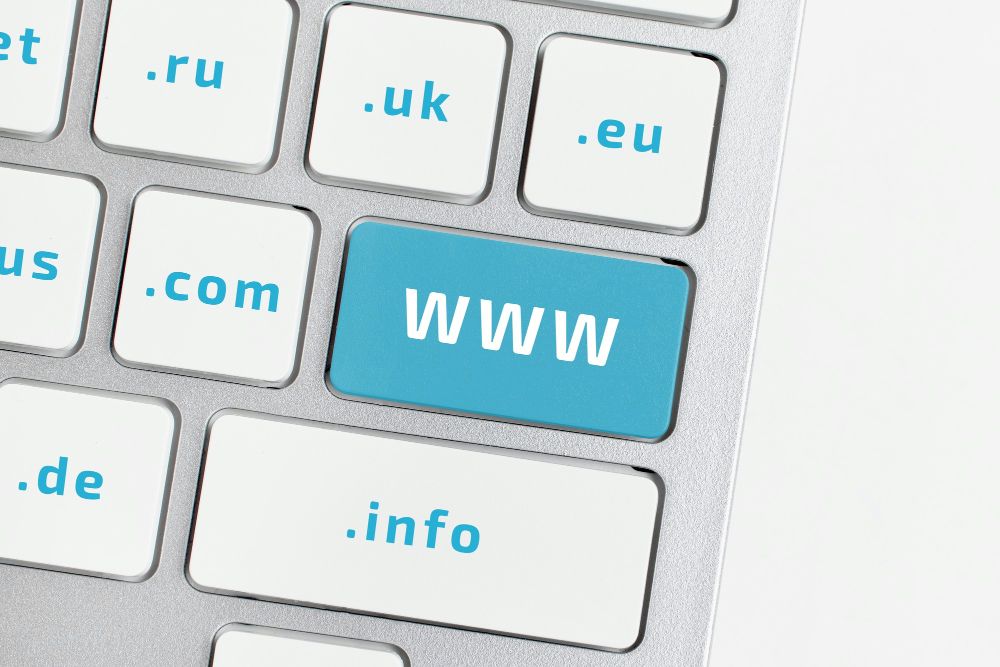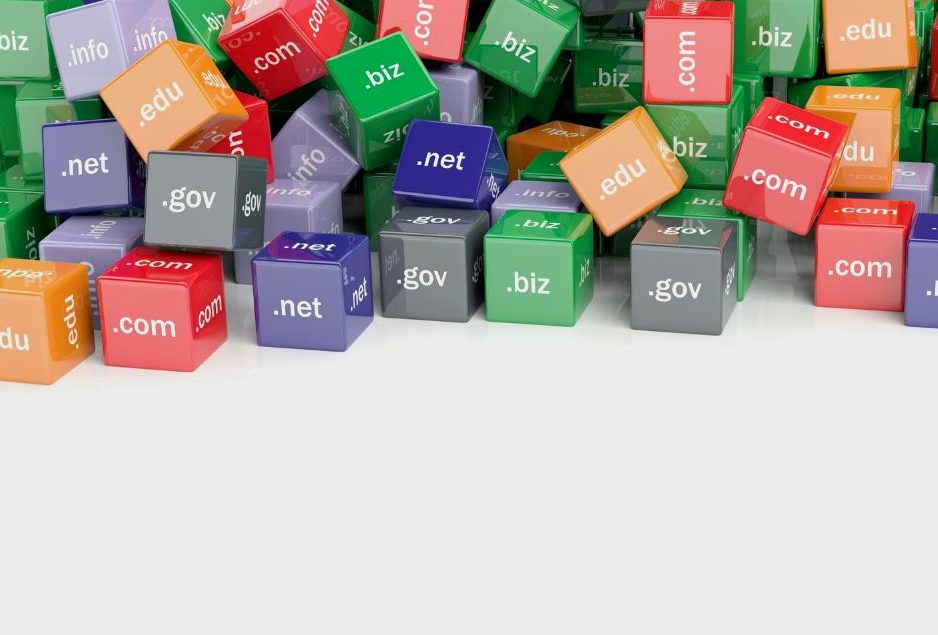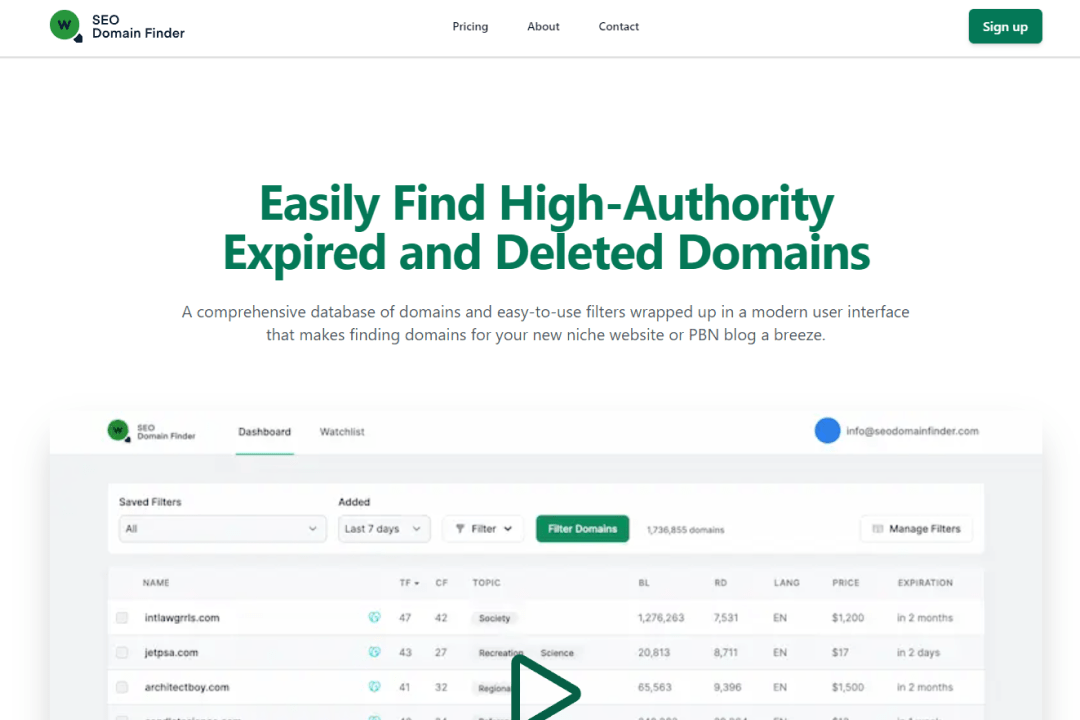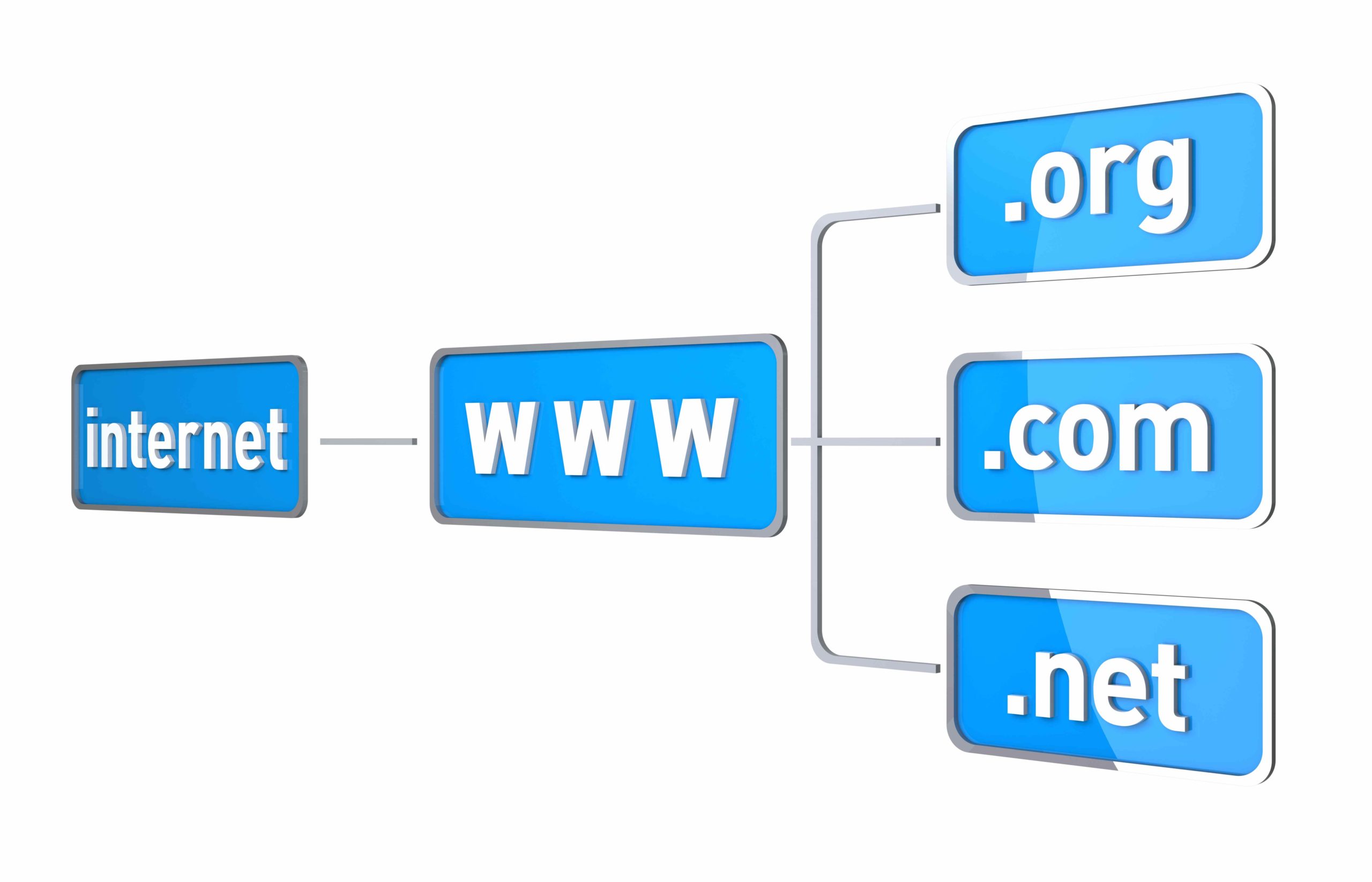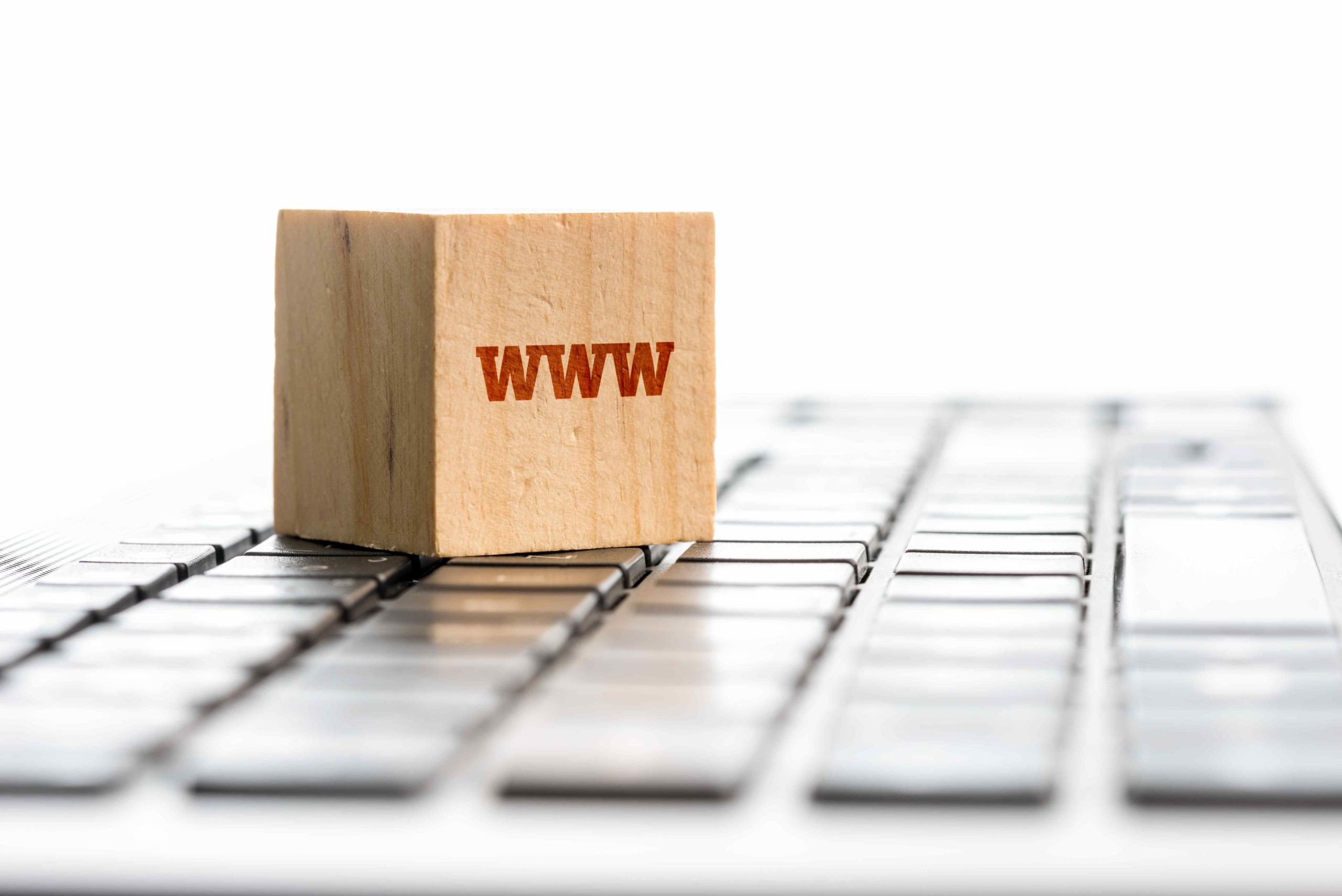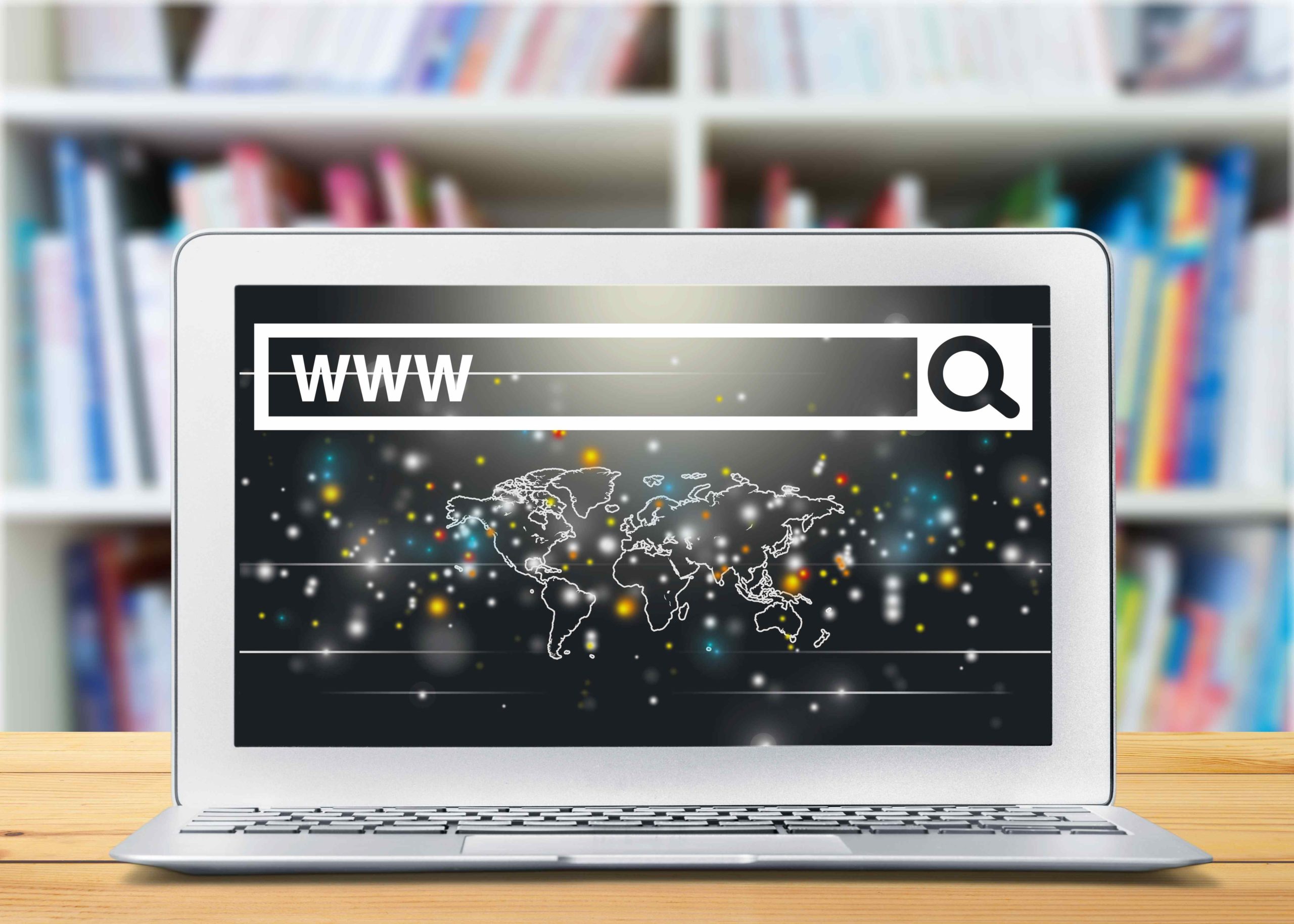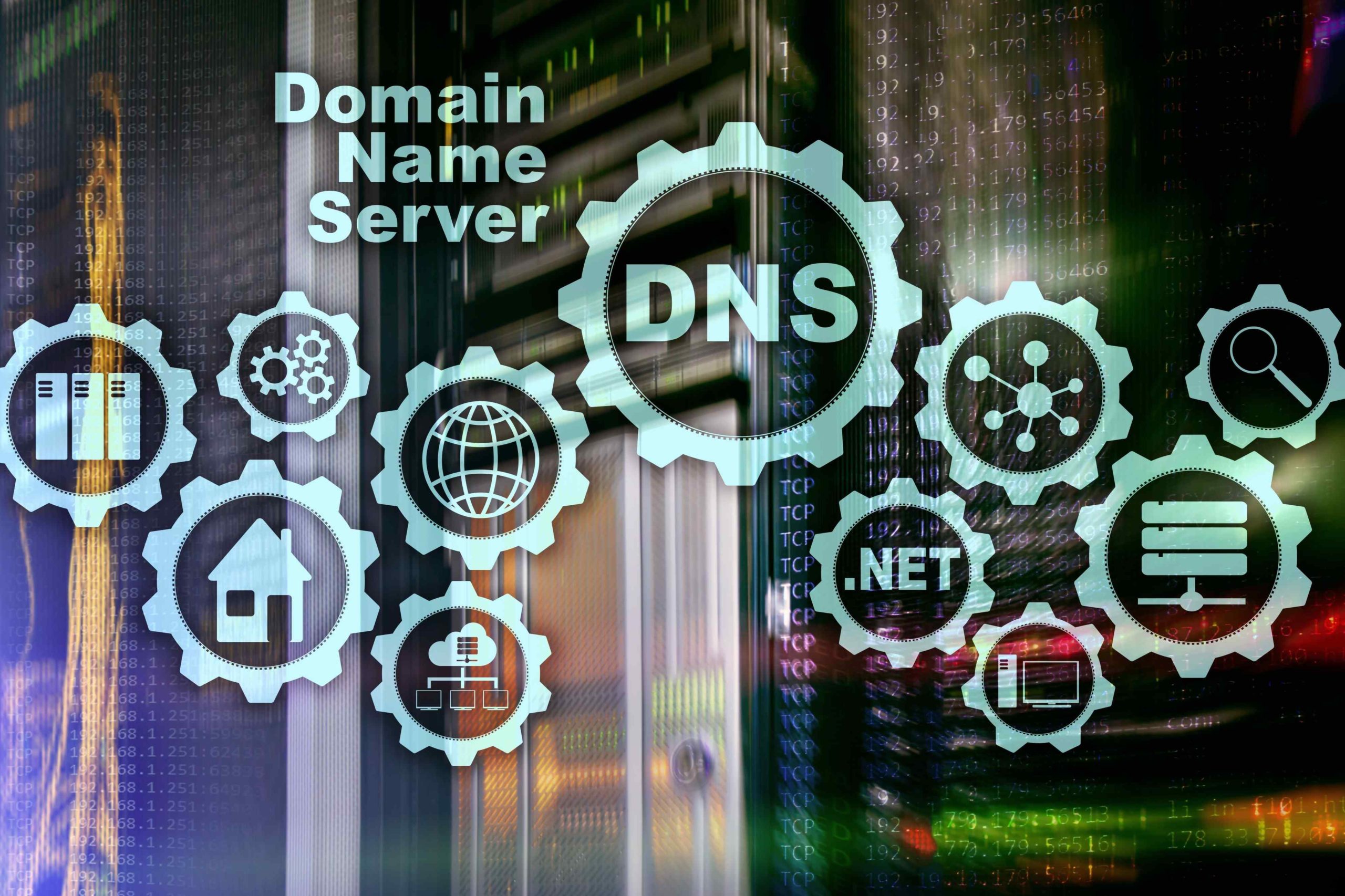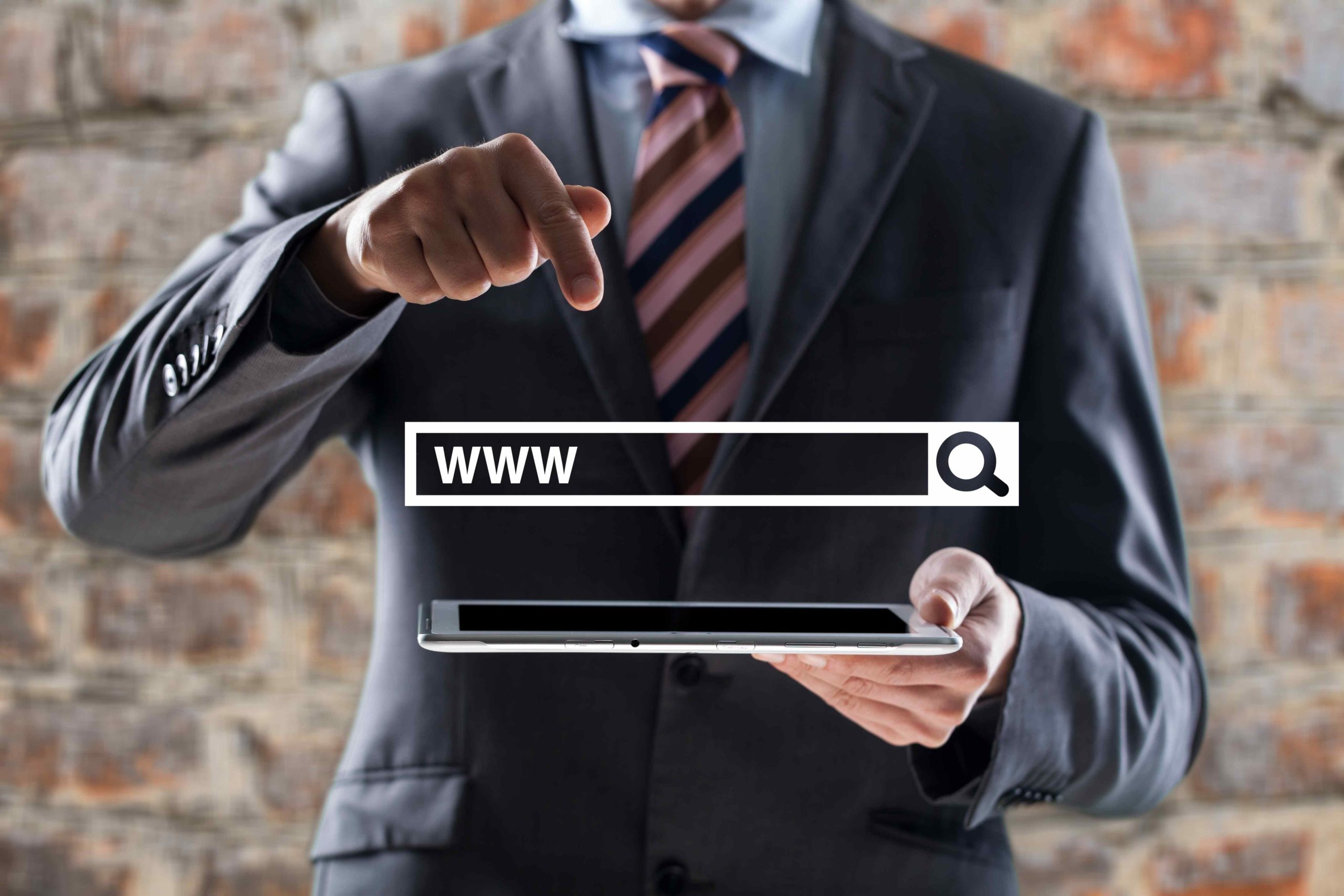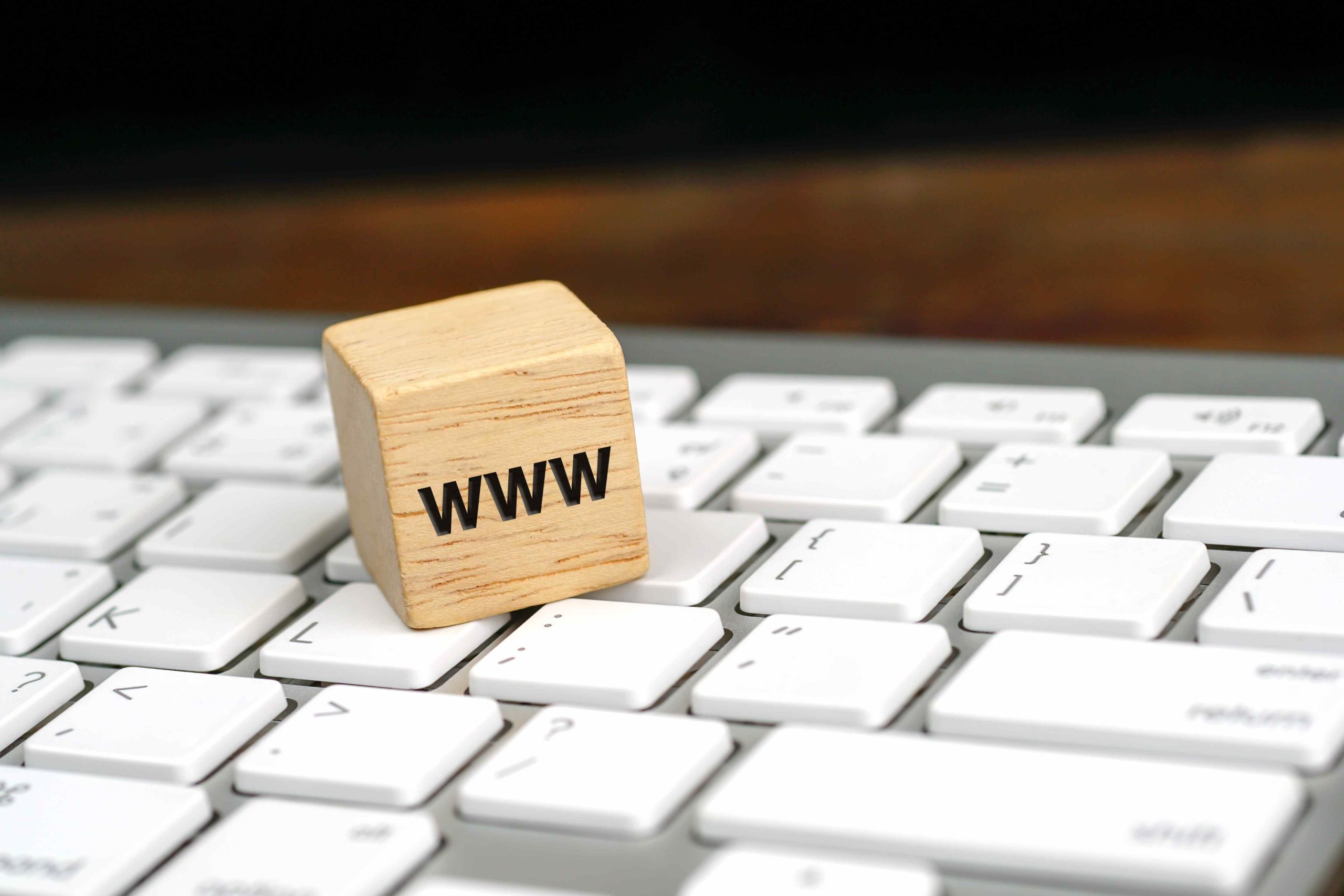
The .gov domain is a top-level domain (TLD) primarily reserved for entities associated with the United States government. Established by the Internet Assigned Numbers Authority (IANA), this domain serves as a marker of authenticity and authority for online platforms operated by federal, state, local, and tribal government entities, as well as qualifying organizations.
Let’s explore .gov domains in this article.
Key Takeaways
- The .gov domain is reserved primarily for U.S. government entities, indicating their official nature.
- This domain is typically used for government-operated websites, providing a level of authenticity to online communications and establishing a sense of credibility.
- Management of the .gov domain falls under the responsibility of the Cybersecurity and Infrastructure Security Agency, which ensures high-level security measures are in place.
- The financial commitment for a .gov domain can range between $125 and $400 annually. This cost includes domain name registration, maintenance, and renewal.
- To get a .gov domain, it is necessary to file a domain request with the Cybersecurity and Infrastructure Security Agency and adhere to DNS standards.
What Is .gov Domain Extension?
The .gov domain extension is a top-level domain (TLD) used exclusively for websites associated with government entities in the United States. It serves as a marker of authenticity and authority for online platforms operated by federal, state, local, and tribal government agencies, as well as qualifying organizations.
Established by the Internet Assigned Numbers Authority (IANA), the .gov domain is subject to stringent verification processes managed by the General Services Administration (GSA). These processes ensure that only eligible government entities and organizations are granted access to the .gov domain. Applicants must demonstrate their authority to represent a government entity and undergo thorough scrutiny to prevent misuse or misrepresentation.
Websites with the .gov extension are trusted sources of official information, contributing to public confidence and transparency in governmental operations. They serve various purposes, including disseminating public services, policies, regulations, resources, and facilitating communication between government agencies and the general public.
What is the .gov Domain Used For?
The .gov domain extension is used exclusively by government entities in the United States for official websites and online services. Here are the key points about the use of .gov domains:
- .gov domains are intended for use by U.S. federal, state, and local government agencies and organizations. Only U.S. government entities are eligible to register .gov domains.
- The .gov domain helps the public easily identify official, trusted government websites and information. It reduces uncertainty about the legitimacy of a government website or online service.
- .gov domains are free for qualified government organizations. There are requirements and restrictions on how .gov domains can be used, such as prohibiting commercial purposes, political campaigns, illegal content, and malicious cyber activity. (Learn about the most abused TLDs) Failure to comply can result in domain suspension or termination.
- As of 2022, over 9,000 local, state and federal government agencies carry the .gov designation on their websites, but tens of thousands more are qualified to use .gov domains.
What is the .gov Domain Price?
As of April 2021, .gov domains are now available at no cost for qualifying U.S. government organizations, from federal agencies to local municipalities.
Prior to this change, the price of .gov domains was $400 per year, which many smaller government entities found prohibitive.
The high cost made it difficult for some government organizations to justify obtaining a .gov domain to their management, especially when compared to lower-cost alternatives like .com or .org domains that cost less than $20 annually.
The Cybersecurity and Infrastructure Security Agency (CISA), which administers the .gov top-level domain, made the decision to remove the registration fee in order to:
- Reduce barriers for government entities to obtain a .gov domain.
- Increase the credibility of .gov domains compared to other TLDs that anyone can register.
- Help the public more easily identify official government websites online.
By making .gov domains free, CISA aims to encourage more government organizations to use the .gov TLD. This will make it easier for the public to recognize legitimate government websites and reduce the risk of malicious impersonation attempts.
How to Get a .gov Domain?
Here are the key steps to obtain a .gov domain for a U.S. government organization:
- Verify your organization is eligible for a .gov domain. Only U.S. federal, state, local, tribal, territorial, and other publicly controlled entities can register .gov domains.
- Create a Login.gov account if you don’t already have one. Login.gov provides a secure sign-in process for government services. You must verify your identity with Login.gov before requesting your first .gov domain.
- Go to get.gov and start a .gov domain request. You’ll need to provide information about your organization and the desired domain name. The domain name must correspond to your organization’s name or services.
- Understand the .gov domain requirements and restrictions. For example, only federal agencies can use generic terms, and .gov domains cannot be used for political campaigns or commercial purposes.
- Submit an authorization letter to the Cybersecurity and Infrastructure Security Agency (CISA), which manages the .gov top-level domain. This is required because the previous General Services Administration (GSA) authorization process was compromised in 2019.
- CISA will verify your organization’s identity and eligibility before approving the .gov domain request. Once approved, the .gov domain is provided at no cost.
- After obtaining the .gov domain, you can use it for an official government website and email addresses for your organization. However, you must maintain current administrative and technical contact information with CISA.
In summary, getting a .gov domain involves verifying eligibility, creating a Login.gov account, submitting a domain request and authorization letter to CISA, and complying with .gov domain requirements. The process is free for qualifying U.S. government entities.
Conclusion
The .gov domain plays a critical role in facilitating transparent communication, providing essential services, and upholding the credibility of government institutions in the digital realm. By adhering to rigorous verification processes, prioritizing security and privacy measures, and ensuring public accessibility, .gov websites serve as vital resources for citizens seeking reliable information and government services online.
Learn more about other domain extensions:

